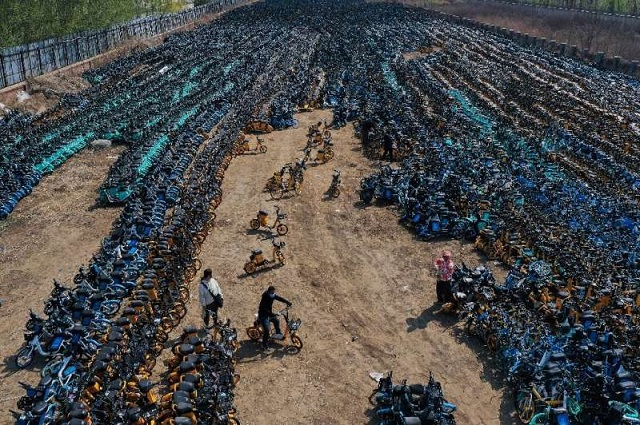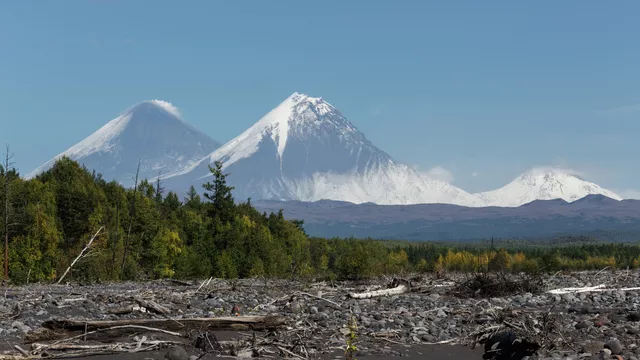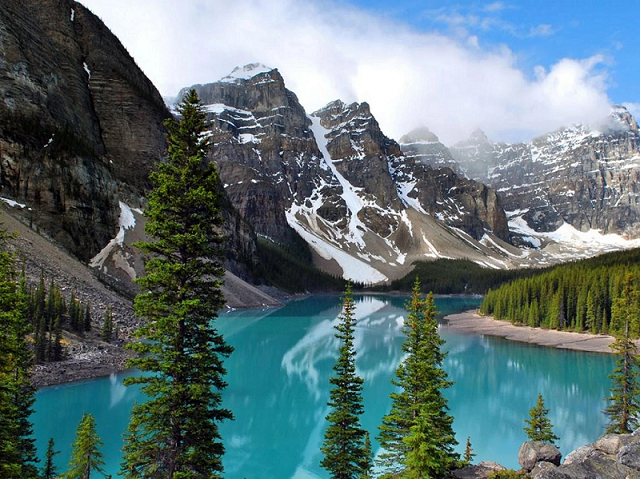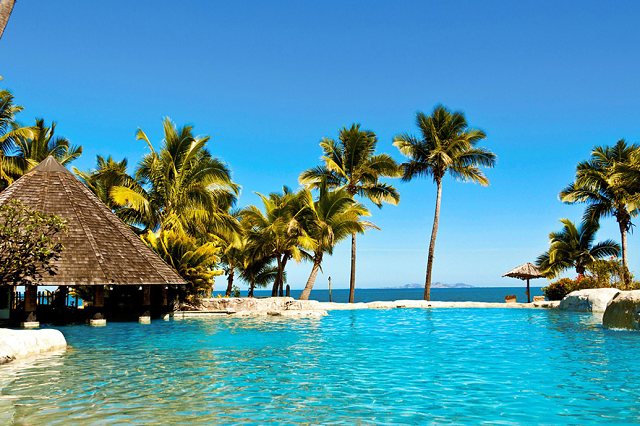Angel Falls, also known as Salto Ángel
Angel Falls, also known as Salto Ángel (indigenous name: Kerepakupay Vená), proudly holds the title of the world's highest free-falling waterfall, boasting an impressive total height of 3,212 feet and an uninterrupted drop of 2,648 feet. It is situated within the breathtaking landscapes of Canaima National Park in Venezuela, gracing the Churún River, a tributary of the Carrao. The indigenous Pemón language aptly names the river "Curún," meaning "thunder."
Located in the Guayana highlands, one of Venezuela's five distinctive topographical regions, Angel Falls plunges gracefully from the edge of Auyan Tepui, also known as "Devil's Mountain." The waterfall spans 500 feet in width at its base, making it a stunning sight and towering 15 times higher than the well-known Niagara Falls. Despite its remote location and the absence of connecting roads to nearby villages, Angel Falls stands as one of Venezuela's premier tourist attractions, captivating the hearts of those who embark on the journey to witness its natural splendor.
Discovery and History:
The discovery of Angel Falls by the Western world occurred in 1935 when American aviator James Crawford Angel explored the region in search of valuable ore. His monoplane landed at the top of the falls in 1936, and the falls were subsequently named "Angel Falls" in his honor. Interestingly, the indigenous name for the falls translates to "Devil's Mouth." Angel's plane remained atop Auyan Tepui for 33 years before being lifted out by a helicopter. The plane is now housed in the Aviation Museum in Maracay, Venezuela.
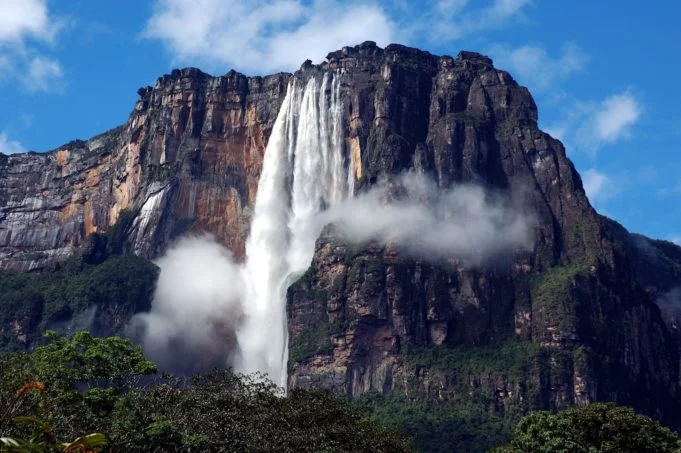
The official height of Angel Falls was determined by a National Geographic Society survey in 1949. In 1994, Canaima National Park, the falls' home, received UNESCO World Heritage Site designation.
Environment, Flora, and Fauna:
Situated in Venezuela's Gran Sabana region, Angel Falls boasts diverse ecosystems, including grasslands at the periphery and dense jungle further into the Gran Sabana. The area is renowned for its tepuis, flat-topped mountains with vertical walls, with Angel Falls cascading down the side of the massive Auyan Tepui. The Churún River, often referred to by tourists as the Auyan Tepui River, culminates in the Kerepakupai-merú, meaning "waterfall of the deepest place" in the indigenous Pemón language.
The region teems with tropical wildlife, featuring monkeys, poison arrow frogs, and hundreds of orchid species. While mammals such as giant anteaters, armadillos, jaguars, and capybaras inhabit the area, they can be challenging to spot.
Geology:
Angel Falls lies within Canaima National Park on the plateau underlying Venezuela's southern lands. The plateau, estimated to be two billion years old, showcases geological transformations dating back to the Precambrian period and the formation of the supercontinent Pangaea. The Guyanese Shield, a significant geological region in Venezuela, experienced changes over millions of years, resulting in the creation of tepuis and the spectacular scenery surrounding the falls.
Tourism:
Tourists keen on visiting Angel Falls must navigate the tropical climate, characterized by frequent rainstorms. The driest period, from December to April, may see reduced water flow.
Access to Angel Falls requires air travel, as there are no roads. Tours are typically sold as packages, including options for aerial flybys. Cloudy days may obscure the falls, and there's no guarantee of visibility. The entire journey takes around 24 hours, with many opting for tours that handle details like chartering a plane to Canaima. Tours often depart from Ciudad Bolivar and include a flight over the falls.
Upon entering Canaima National Park, visitors must pay an entrance fee. Trips to the falls typically involve canoe rides and hikes through the jungle, offering unique views of Venezuelan flora, fauna, and terrain. Swimming in the pool below the falls may be possible during mild water flow. The 30-minute walk from the river to the falls' base is challenging due to large tree roots, requiring appropriate footwear. Camping is not permitted within the park.
